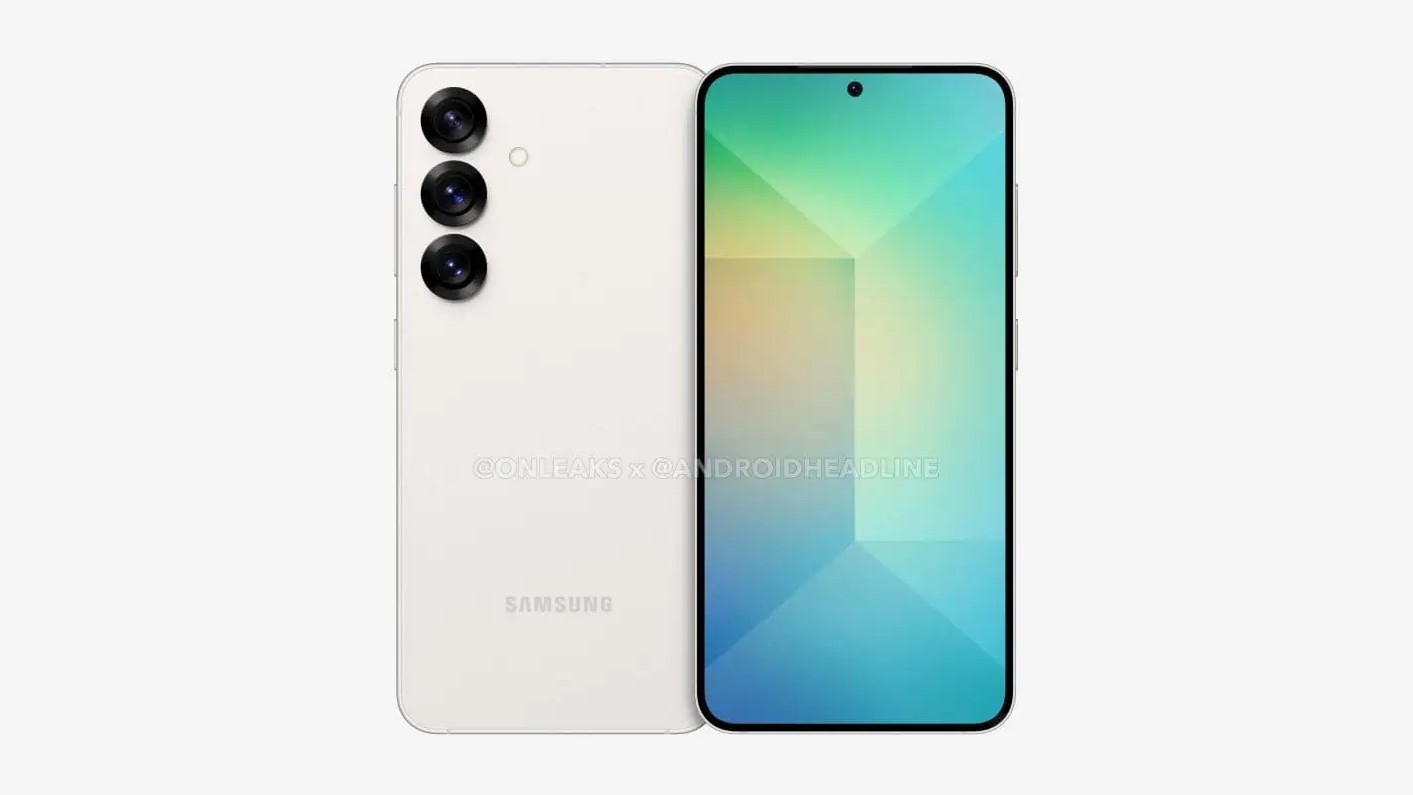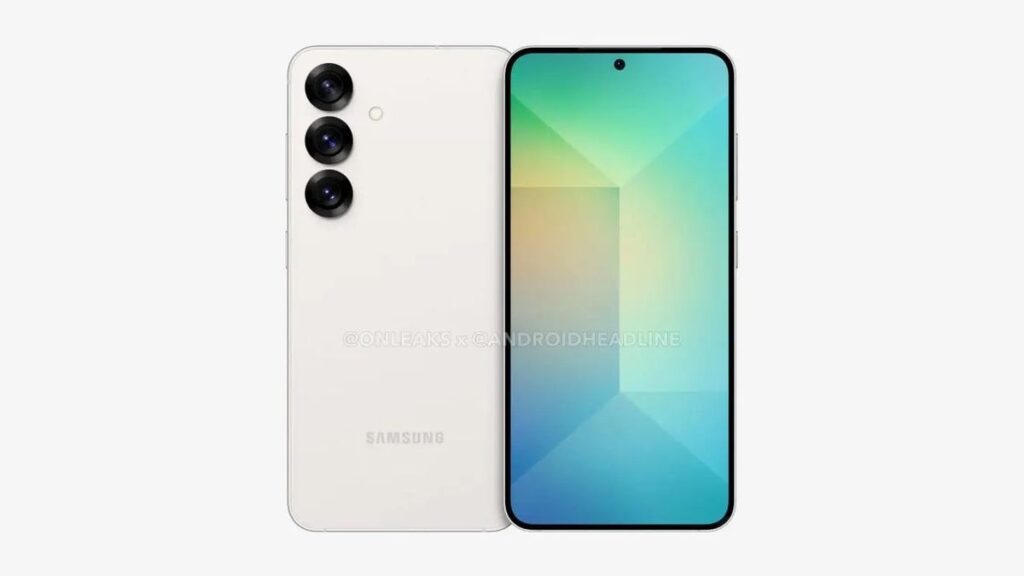
A new Galaxy
Recent leaks suggest the Galaxy S25 should deliver meaningful hardware upgrades, including new cameras at the back. Samsung is set to retain the same design and a similar-sized battery as the S24, but the software should have plenty of new features as the device will come with One UI 7 out of the box.
For
- Qualcomm hardware (likely)
- Brighter AMOLED panel
- Better cameras at the back
- One UI 7 out of the box
Against
- No meaningful battery or charging innovation
- Might be costlier at launch
A fabulous choice
The iPhone 16 Pro is a great option if you’re looking to switch to iOS. It is much better to hold and use than the Pro Max, and while it doesn’t have as good a battery, it still lasts a day. The hardware continues to be the best around, you get great cameras with 4K video on all sensors and Dolby Vision, and the software has a suite of new AI tools.
For
- Powerful hardware that’s great at gaming
- Versatile cameras at the back
- Design is better to hold and use
- Apple Intelligence has useful additions
Against
- Average battery life with slow charging
- Costly
Samsung Galaxy S25 vs. iPhone 16 Pro: Design and display
Samsung doesn’t like changing its design, with the last three iterations in this series looking largely identical. If leaked renders are any indication, the Galaxy S25 will have the same design as its predecessor, with boxy sides and a glass back. The design is characterized by a minimal camera module; each individual sensor is housed within a ring, and that’s about it.
This design leads to a cleaner look at the back, and having used devices with overly large camera modules like the Vivo X200 Pro, it is refreshing. There isn’t much else to talk about in this area; the Galaxy S25 is notable because of its smaller size, with Samsung likely to retain the same dimensions as its predecessor. That should make it good to hold and use, and while we don’t have details on color variants just yet, there’s a good possibility that Samsung will have at least one new color.
On the subject of unchanging designs, the iPhone 16 Pro looks identical to its predecessor, which was the same as its predecessor, and so on. Basically, we’ve had the same design for quite a while now, and if nothing else, it is familiar.
Also familiar is the camera module at the back; the square housing is distinctive like no other, and even though the design is several years old by this point, it still looks great. The iPhone 16 Pro’s flat profile is similar to previous years, but there are slight bevels this time around that make holding and using the phone that much better.
What’s new is the camera control button that’s located on the right; while this is an interesting addition, I don’t really use it much, and the location makes it awkward to access when using the cameras on the device.
The iPhone 16 Pro comes with IP68 ingress protection as standard, and it is the only device that can be submerged in up to six meters of water — all other phones can only be immersed in 1.5 meters. While it’s unclear what Samsung will do in this area, it is a good possibility that the Galaxy S25 will also get an IP68, just like its predecessors. Other Android devices like the Find X8 Pro and Vivo X200 Pro include IP69 protection as well, but I don’t see Samsung going that route just yet.
Samsung Galaxy S25 vs. iPhone 16 Pro: Hardware and cameras
Samsung went back to using Exynos designs with the Galaxy S24, but if a recent leak is to be believed, the Galaxy S25 series will once again go back to using Qualcomm exclusively, just like the Galaxy S23, although rumors have been going back and forth on this matter.
If true, this should give the Galaxy S25 a distinct edge, as Qualcomm is clearly onto a winner this year. By switching to custom cores with the Snapdragon 8 Elite and a node shift to 3nm, Qualcomm is delivering sizeable gains in all key areas, and I’m excited to see how it holds up on the Galaxy S25.
Of course, this is contingent on Samsung actually using Qualcomm exclusively — we’ll only know once the S25 is official. In other areas, the device is likely to be unchanged from its predecessor, but it should hopefully get 12GB of RAM as standard on all models, with Samsung moving away from 8GB base memory (as we’ve seen with the Galaxy Z Flip 6). This is necessitated by all the AI-backed features coming to phones these days, and with Samsung leaning heavily on Galaxy AI, it’s understandable that the brand is going with 12GB next year for better on-device AI capabilities.
| Category | Samsung Galaxy S25 (unofficial) | iPhone 16 Pro |
|---|---|---|
| Display | 6.2-inch estimated, LTPO AMOLED 120Hz refresh | 6.3-inch LTPO OLED 120Hz, 2000 nits max, Ceramic Shield |
| OS | Android 15, One UI 7 | iOS 18.2 |
| Chipset | Snapdragon 8 Elite | Apple A18 |
| RAM | 12GB | 8GB |
| Storage | 128GB/256GB/512GB | 128GB/256GB/512GB/1TB |
| Rear camera 1 | 50MP main camera estimated | 48MP main camera with sensor-shift OIS |
| Rear camera 2 | 12MP wide-angle estimated | 48MP wide-angle |
| Rear camera 3 | 10MP 3x telephoto estimated | 12MP 5x optical zoom lens with OIS |
| Front camera | 12MP | 12MP |
| Ingress protection | IP68 dust and water resistance | IP68 dust and water resistance |
| Connectivity | Wi-Fi 7, Bluetooth 5.4, NFC | Wi-Fi 7, Bluetooth 5.3, NFC, UWB |
| Security | Ultrasonic fingerprint sensor | Face ID |
| Audio | Stereo sound, USB-C | Stereo sound, USB-C |
| Battery | 4000mAh, 25W USB PD charging, 15W Qi wireless | 3582mAh, 30W charging, 25W MagSafe |
The iPhone 16 Pro has one of the best hardware packages in the industry, and there are no issues in daily use. The A18 Pro continues to deliver incredible performance, and it is particularly great at gaming; it manages to run console-quality games without any lag or jitter, and that’s a considerable achievement. While Android hardware is just as good these days, you don’t get the same caliber of games as iOS.
Even with a smaller battery, the iPhone 16 Pro manages to last a day without any issues, but the biggest issue in this area continues to be slow charging tech. It takes over an hour and a half to charge the device, and that’s just too long in 2024. In a similar vein, the Galaxy S25 isn’t likely to see any advancements in this regard, with Samsung set to use its 25W charging tech.
Thankfully, the one area where there’s a considerable difference is the cameras; the iPhone 16 Pro has the same main camera as last year, but you get a new 48MP wide-angle lens, and changes to the tuning means you get much better photos. The ability to change the color balance dynamically gives you significantly greater control in selecting the way resultant shots look, and it transformed how I use the device.
Samsung is set to change the cameras on the S25, and we might see the same module as the S25 Ultra this time around, which is exciting. Again, we’ll have to wait a little while to learn all about the camera tech coming to the device, but given that the S24 and even the S23 didn’t offer any meaningful gains, we’re due for an upgrade.
Samsung Galaxy S25 vs. iPhone 16 Pro: Software
While Samsung’s One UI 7 is now in the beta phase, the Galaxy S25 will come with the software out of the box. The Android 15-based interface doesn’t have many new features, but you get Samsung’s usual utilities, and Galaxy AI continues to be the differentiator.
In a similar vein, iOS 18 doesn’t have much in the way of new features either, with Apple Intelligence taking center stage. I think iOS is in need of a visual overhaul, but given its sizeable user base, it’s unlikely Apple will make any massive changes to the software design.
Samsung has a distinct advantage when it comes to updates, with the Galaxy S25 set to offer at least seven guaranteed Android OS updates like its predecessors. The iPhone 16 Pro will pick up six platform updates as standard.
Samsung Galaxy S25 vs. iPhone 16 Pro: Which should you buy?
With the Galaxy S25 likely launching in January, you may not have to wait long if you’re looking to upgrade your phone. The phone should slot in at the same $899 price point as the S24, and Samsung always has attractive trade-in deals, making it easier to switch to the device.
The leaks suggest the Galaxy S25 isn’t going to differ too much from what we got last year, and that’s by design. Samsung is instead positioning its AI software suite and cameras as the main points of differentiation, and that strategy should be unchanged in 2025.
I’d suggest getting the iPhone 16 Pro if you’re interested in seeing what iOS has to offer. The phone has a reliable design, terrific hardware, outstanding cameras, and hassle-free software. The switch to USB-C connectivity makes it easier than ever to switch to the iPhone, and if you’re within the Google ecosystem, all your services work just as well on iOS.
A new Galaxy
Samsung isn’t likely to change too many things with the Galaxy S25, instead delivering better cameras and software features. If you’re using a Samsung phone and need to switch, this may just be the safe choice in 2025.
A fabulous choice
The iPhone 16 Pro is my go-to recommendation if you’re willing to switch to iOS. It has a great in-hand feel, and it is incredible in daily use. You get one of the best cameras around, and the software has plenty to like if you’re into Google’s ecosystem.


